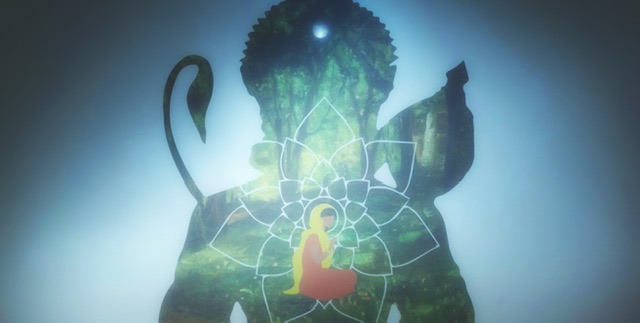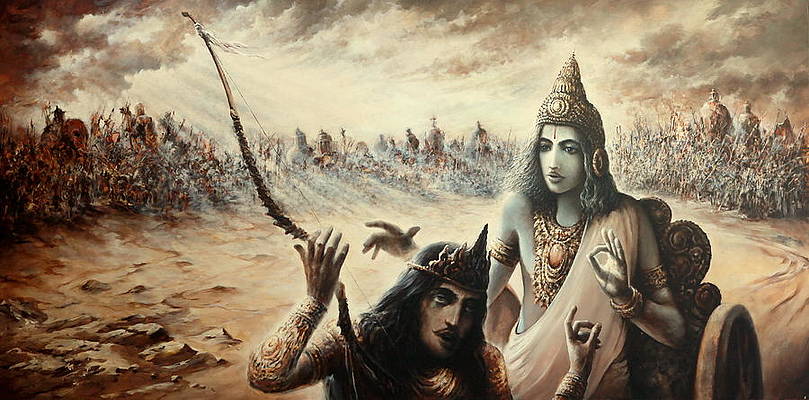Patanjali now details the three kinds of pranayama,
बाह्याभ्यन्तरस्तम्भवृत्तिर्देशकालसंख्याभिः परिदृष्टो दीर्घसूक्ष्मः॥५०॥
Baahyaabhyantarastambhavrittirdeshakaalasankhyaabhih paridrishto deerghasookshmah
Baahya: external
Abhyantara: internal
Stambha: cessation
Vrittih: nature / movement
DeshaKaalaSankhyaabhih: place, time and number
Paridrishto: perceiving, watching
Deergha: long
Sookshmah: subtle
(The said pranayama) is of three kinds, namely external (exhalation), internal (inhalation) and cessation (retention). Maintaining awareness of its place, duration (time) and number, it becomes long and subtle.
Any yogic practice begins with watching the breath—the movement of breath inwards and outwards and also holding the breath (inside or outside). As one continues with the practice and maintains awareness of where the breath is, for long it is there, and what its frequency is—gradually the prana becomes deeper and subtler.





